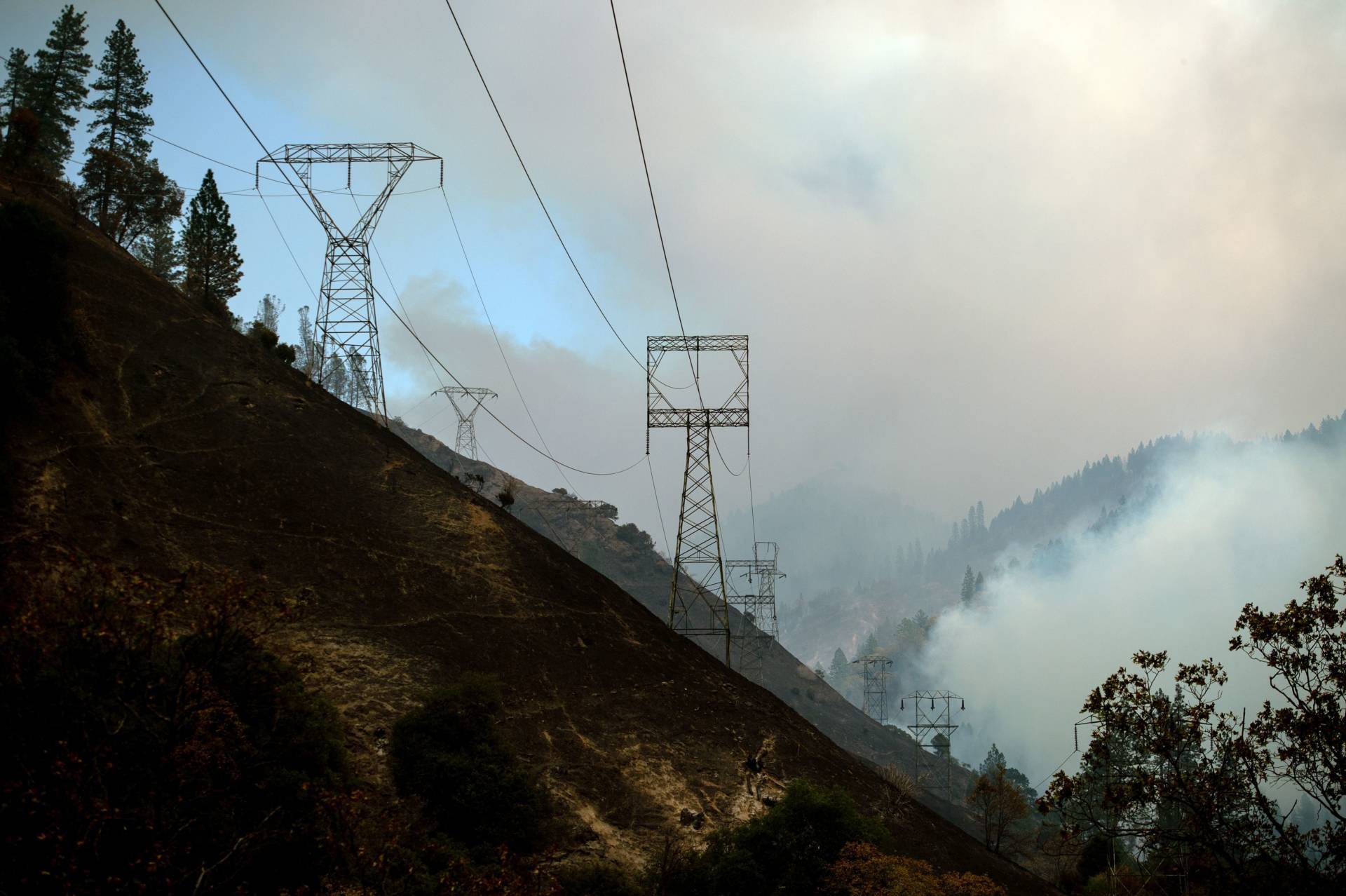There would be other unintended consequences of a drastic increase in utility rates, Weissman added.
Californians are used to extremely reliable electricity — but if rates rose because of ongoing, massive fire costs, utilities would be under pressure to cut other costs, he said.
“And I think it’s quite likely that over time, that will lead to reductions in some of the other things that help keep service reliable for people,” he said.
“The number of service technicians available, the ability to respond as quickly and as wonderfully as utilities currently do when there is a major catastrophe or a major outage. Maybe even the timing of the replacement of key equipment. But certainly it will be very tempting to reduce the amount of money that’s just spent on overall maintenance, and all those things over time will erode the reliability of service.”
Weissman, a lecturer at UC Berkeley’s Goldman School of Public Policy and former adviser to two CPUC commissioners, said he based his findings on a study of CPUC rate cases, revenue reports from the utilities and historical patterns “in order to understand what the implications would be for increases of the scope and magnitude that seemed to be inevitable if we continue with this pattern.”
Weissman’s report, which was requested by the governor’s office, illustrates the huge challenges ahead for Gov. Newsom and lawmakers.
Newsom — who took office just weeks before PG&E’s bankruptcy filing — is expected to unveil a more comprehensive report on Friday outlining possible ways forward.

